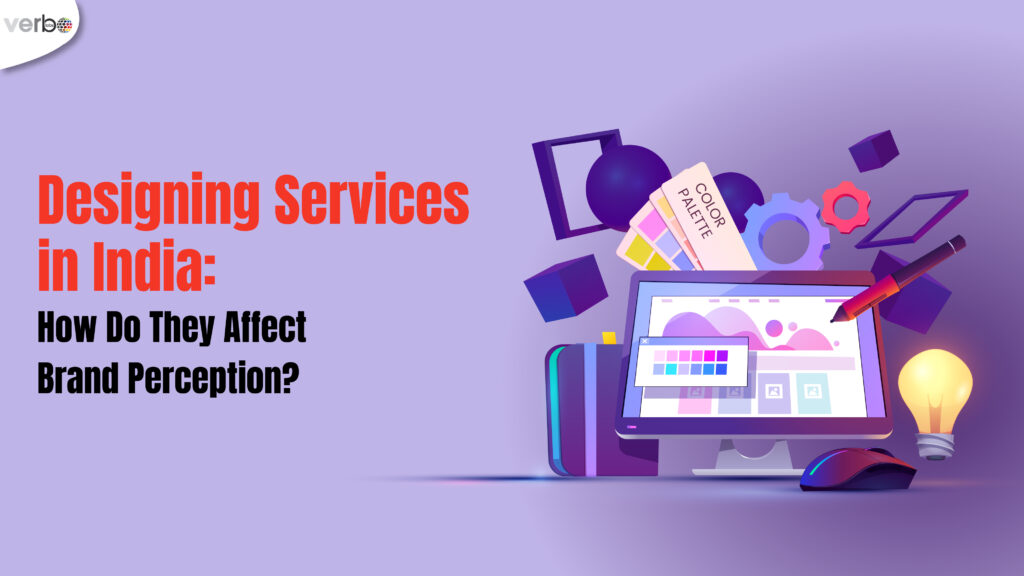The demand for design services in India has witnessed a significant surge, with businesses increasingly recognizing the importance of aesthetics in shaping brand identity. This article explores how designing services in India can influence brand perception, examining the key factors that contribute to a positive or negative impact on consumer attitudes and market positioning.
- Cultural Sensitivity in Design
Cultural nuances play a pivotal role in design, and services tailored to the Indian market must reflect an understanding of local aesthetics and values. Brands that invest in culturally sensitive design services, aligning visual elements with Indian traditions and customs, are likely to enhance their brand perception. An illustrative example is FabIndia, a retail brand that specializes in ethnic products. By incorporating traditional Indian designs in its offerings, FabIndia has successfully positioned itself as a brand that respects and celebrates the country’s rich cultural heritage.
- Digital Transformation and User Experience
With the increasing digitalization of services, the design of digital platforms and user interfaces is paramount. Brands that prioritize user experience through intuitive and aesthetically pleasing designs create a positive perception among consumers. Flipkart, one of India’s leading e-commerce platforms, is known for its user-friendly interface and visually appealing website design. The platform’s commitment to seamless navigation and engaging design elements contributes significantly to a positive brand perception in the competitive e-commerce landscape.
- Brand Consistency Across Platforms
Consistency in design across various touchpoints reinforces brand identity and fosters trust among consumers. Designing services in India should encompass a cohesive visual language that extends from websites and mobile apps to packaging and marketing collateral. The multinational company Tata Group exemplifies this through consistent design elements in its diverse portfolio, establishing a unified and recognizable brand image that resonates with Indian consumers.
- Innovative Design Solutions
Brands that push the boundaries of design to offer innovative solutions stand out in the Indian market. Whether it’s product design or service delivery, incorporating creativity into the design process can positively influence brand perception. The design-centric approach of Ola, a popular ride-sharing platform in India, is evident in its app interface, advertising campaigns, and even vehicle branding. Ola’s commitment to innovative and user-centric design has contributed to its success in a competitive and dynamic industry.
- Social and Environmental Responsibility in Design
The conscious consumer in India increasingly values brands that demonstrate social and environmental responsibility through their design choices. Companies that incorporate sustainable and socially conscious design practices align with the values of the Indian consumer. The clothing brand Anokhi, for instance, emphasizes sustainable and handcrafted designs, resonating with consumers who prioritize ethical and eco-friendly choices.
- Localization in Design
Effective design services in India go beyond language translation; they embrace localization in visuals, colors, and imagery. Brands that adapt their design elements to regional preferences and aesthetics are better positioned to connect with diverse audiences. The multinational food chain McDonald’s, for instance, incorporates local flavors and cultural motifs into its store designs in India, creating a familiar and inviting atmosphere that resonates with the local consumer base.
- Responsive Design for Diverse Devices
India’s diverse consumer base accesses digital services through a wide range of devices with varying screen sizes and capabilities. Design services that prioritize responsive design, ensuring a seamless experience across desktops, tablets, and smartphones, contribute to positive brand perception. The banking sector, exemplified by HDFC Bank, emphasizes responsive design in its mobile banking app, providing users with a consistent and user-friendly experience regardless of the device used.
- Storytelling Through Design
Design is a powerful storytelling tool, and brands that weave narratives into their visual elements can create a lasting impact on consumers. Companies like Titan, a leading watch and lifestyle brand, use design to tell stories about craftsmanship, innovation, and heritage. By incorporating these narratives into product designs and marketing materials, Titan enhances brand perception, creating an emotional connection with consumers.
- Collaboration with Local Design Talent
Collaborating with local design talent allows brands to infuse authenticity and a deep understanding of local aesthetics into their visual identity. Fashion brands like Sabyasachi, known for their intricate and culturally rich designs, collaborate with local artisans to create unique and authentic products. Such collaborations not only contribute to a positive brand image but also support local craftsmanship and talent.
- Adaptation to Evolving Design Trends
Design trends evolve rapidly, and brands that stay attuned to these shifts can maintain a contemporary and relevant visual identity. The tech giant Apple consistently adapts its product design to reflect current trends while maintaining a timeless and minimalist aesthetic. This commitment to staying at the forefront of design trends contributes to Apple’s global reputation for innovation and style.
- Integration of Augmented Reality (AR) and Virtual Reality (VR)
Embracing emerging technologies like AR and VR in design services can set brands apart by offering immersive and engaging experiences. Real estate developers like Godrej Properties leverage VR to provide virtual property tours, allowing potential buyers to experience properties remotely. This innovative use of technology enhances brand perception by showcasing a commitment to cutting-edge design and customer experience.
Conclusion
In the dynamic and diverse landscape of India, designing services play a crucial role in shaping brand perception. By embracing cultural sensitivity, prioritizing digital user experiences, maintaining brand consistency, offering innovative design solutions, and demonstrating social and environmental responsibility, brands can positively influence how they are perceived by the Indian audience. The examples provided showcase that successful brands in India leverage design not just as a functional aspect but as a strategic tool for building strong connections with consumers and standing out in a competitive marketplace.



